Qatari Cultural Ambassadors on a Journey Through Japan
2025/08/20
Years of Culture
false
2025/08/20
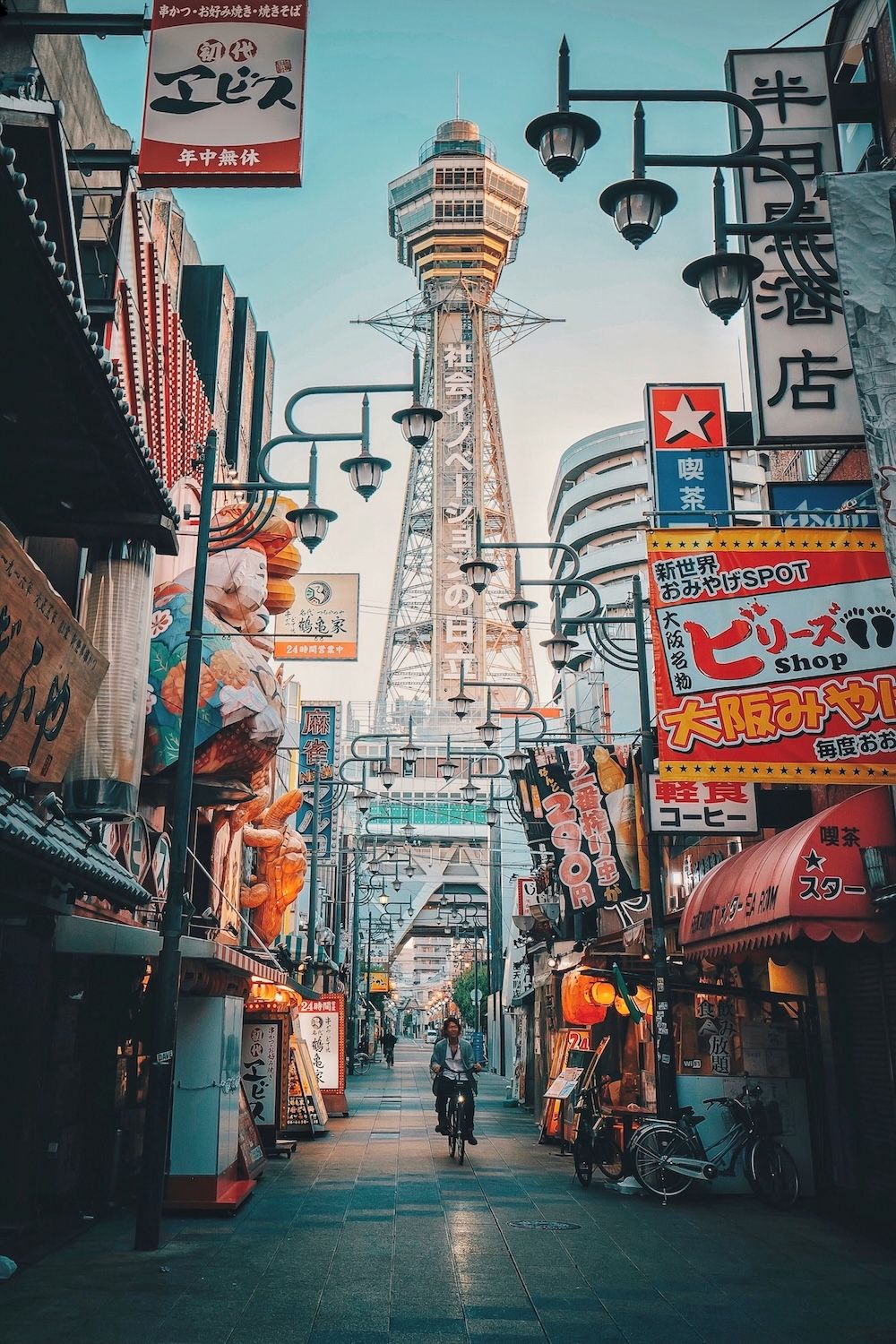
After two unforgettable days at Expo 2025 Osaka, the Years of Culture influencer ambassadors, Ghanim Al-Muftah, Abdulaziz Al-Ajail, Khalifa Al-Haroon (Mr. Q), Anas Abouqamer (Triple F Qatar), Noora Abuhelaiqa, Abdulrahman Al-Ashqar and Essa Al-Jamali, continued their remarkable adventure across Japan.
From Osaka’s neon-lit streets to Kyoto’s tranquil shrines and immersive contemporary art haven Naoshima, each destination revealed a different facet of Japanese life.
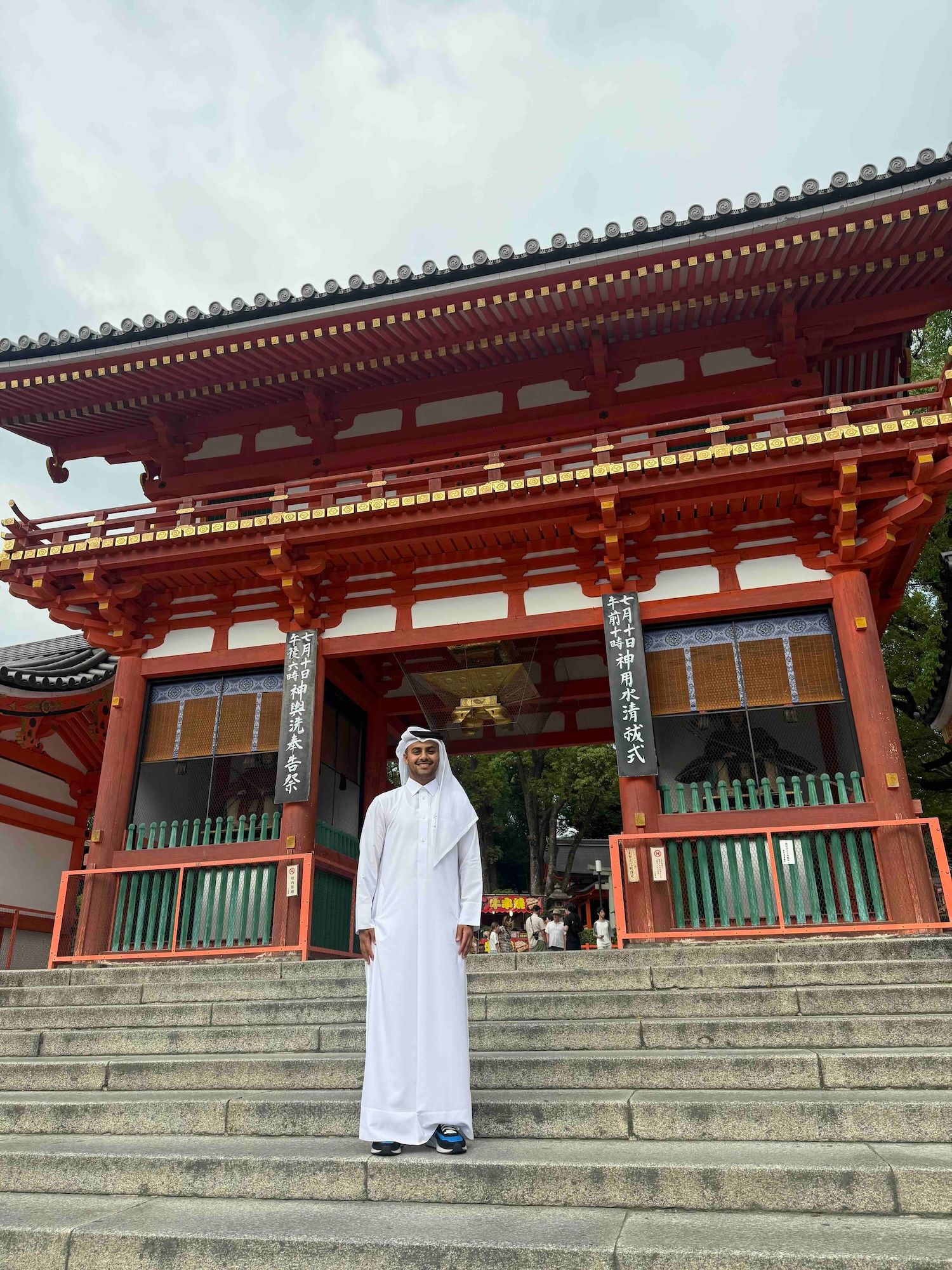
Whether through delicious local food or encounters with architectural masterpieces, every moment provided an inspiring firsthand experience of Japanese culture. This journey not only showcased the richness of Japanese culture but also celebrated the enduring legacy of Qatar-Japan 2012, the very first Year of Culture.
Osaka, often dubbed “the kitchen of Japan,” is known for its vibrant street food scene and energetic nightlife. For the Years of Culture Influencer Ambassadors, the city offered a deep dive into Japanese culinary culture. “Osaka was absolutely beautiful and vibrant,” said Anas Abouqamer. “I did two food tours and tried the top 10 must-try items in Osaka — it was amazing. I walked around in many areas. The city is modern, clean, and so buzzing with life.”
The group explored iconic areas such as the lively Dotonbori district, known for its many street vendors. From okonomiyaki to takoyaki, seafood delicacies to sweet treats, Osaka delighted the group with bold flavours and dynamic energy. For influencer Abdulrahman Al-Ashqar, one particular meal stood out. “The seafood tempura bowl I had in Osaka was unforgettable. The flavours were fresh and comforting: crispy on the outside, tender on the inside, and full of umami. It was exactly what I needed after a full day at the Expo.”
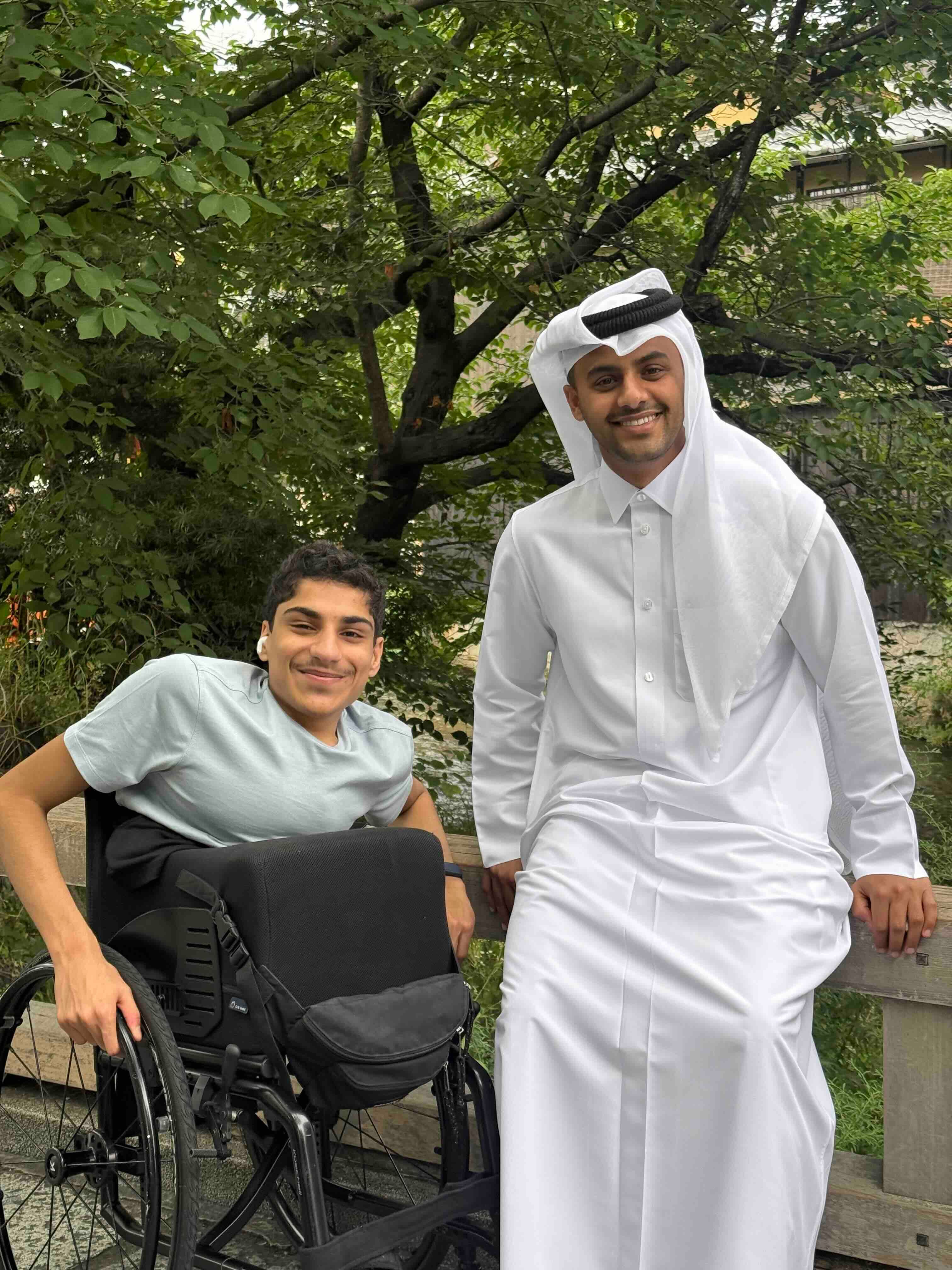
The group also visited Nara Park, famous for its freely roaming deer and serene atmosphere, offering a calm and almost magical contrast to central Osaka’s electric vibe.
From there, the group made their way to Kyoto. Just a short journey away, it offered a striking contrast to the vibrant pace of Osaka, with centuries-old wooden machiya houses and quiet temple paths. “Kyoto was amazing because it was so traditional,” said Anas. “Old houses, people wearing kimonos and so peaceful.”
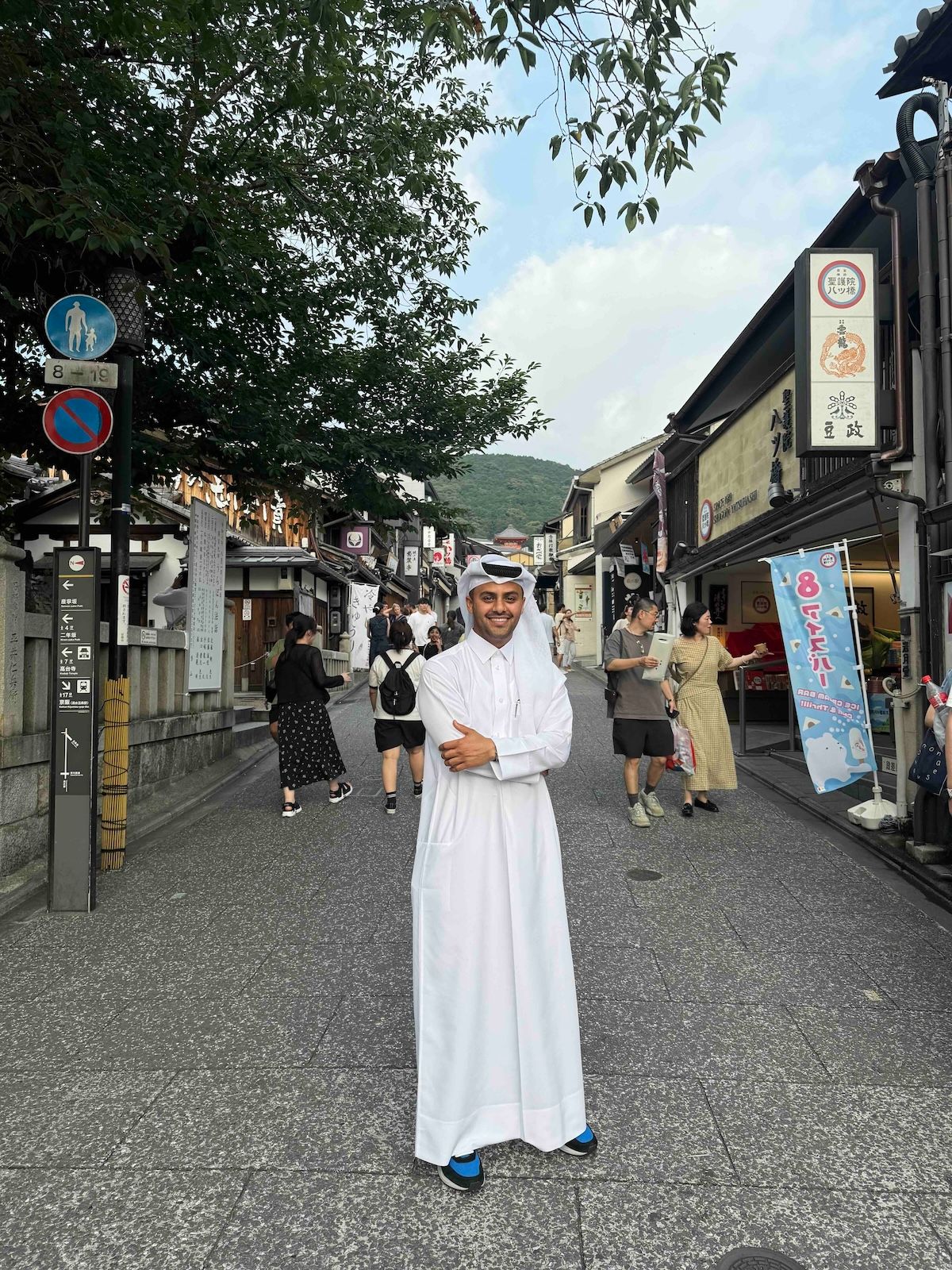
In the historic Gion district, the ambassadors wandered through streets steeped in tradition, taking in the atmosphere of a city that feels suspended in time.
The group also visited the iconic Fushimi Inari Shrine, known for its thousands of striking red torii gates that wind up the forested slopes of Mount Inari. Dedicated to the Shinto deity of prosperity, each gate is a donation, symbolising wishes for success and gratitude. This distinctive setting offered the ambassadors a quiet moment of reflection, surrounded by nature with views overlooking the city of Kyoto below.
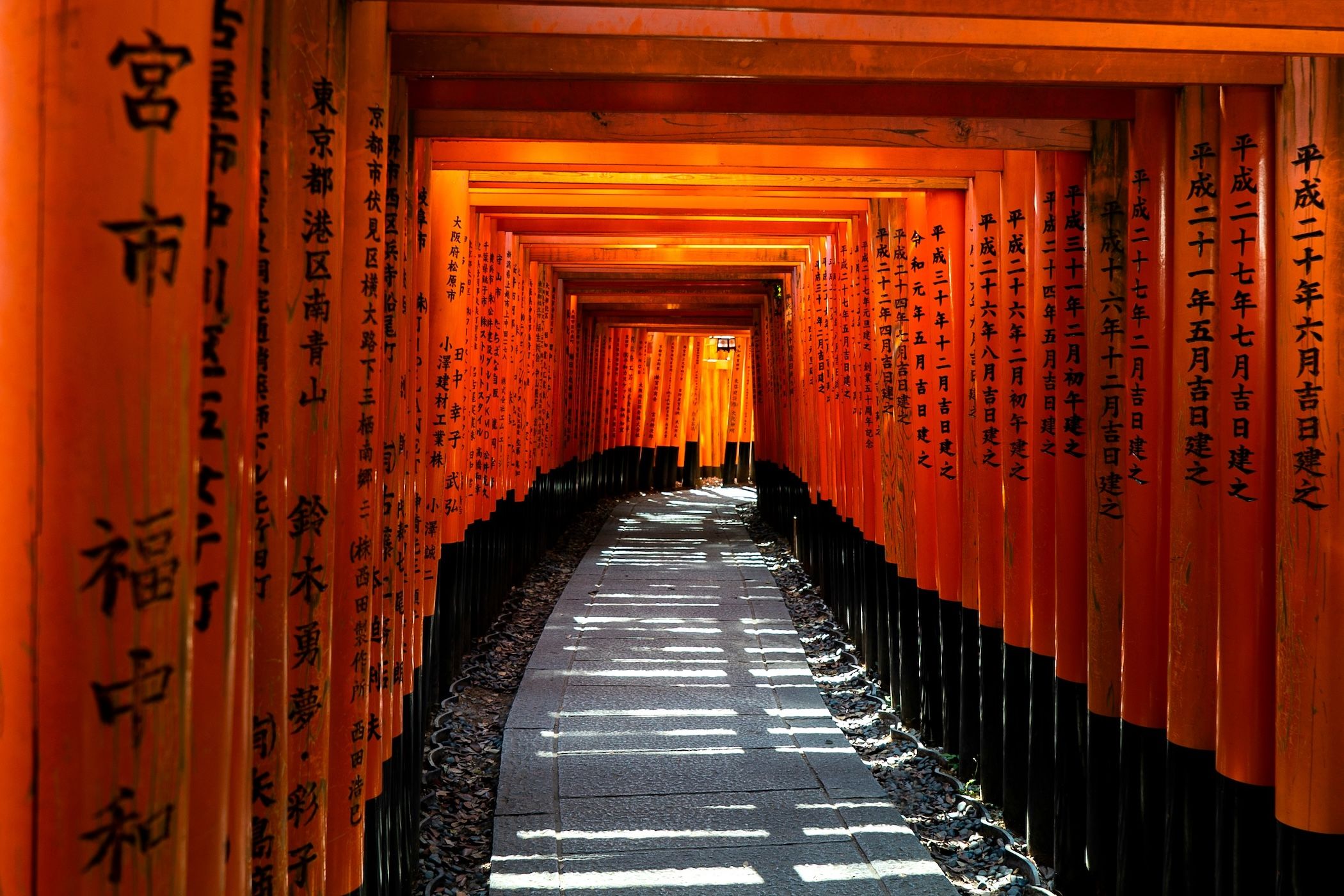
The final chapter of the journey brought the ambassadors to Naoshima and nearby Teshima, islands in Japan’s Seto Inland Sea that have transformed from quiet fishing communities into renowned global art destinations.
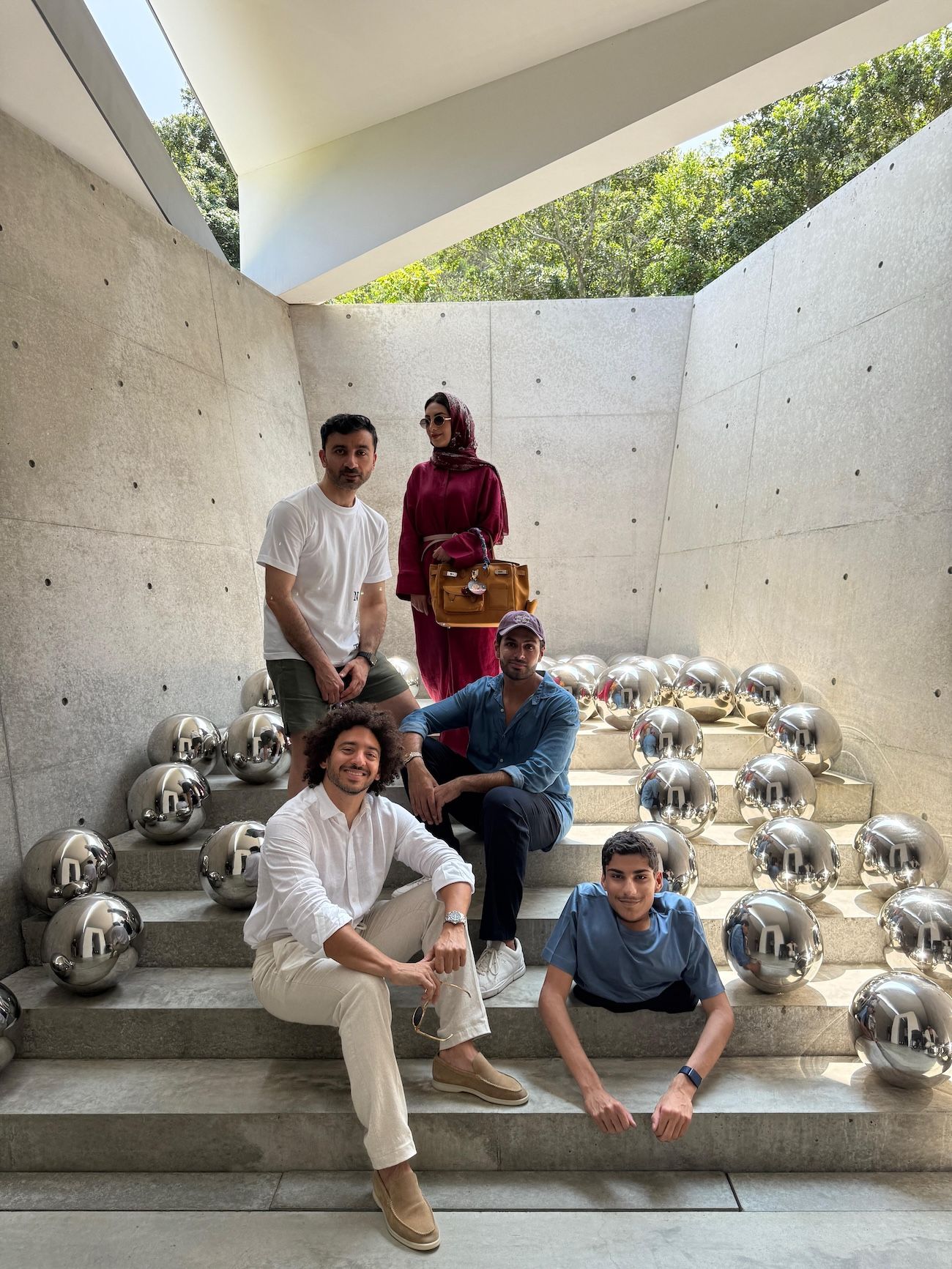
Central to this transformation is the vision of how art and culture can reshape a place, a concept that deeply resonated with the group. “From the start, I was fascinated by the whole idea behind the island — how one person’s passion for art and culture could completely transform a place,” Abdulaziz Al-Ajail reflected. “Naoshima used to be almost forgotten, and now it’s a global destination where people come from all over the world to experience art in a whole new way.”
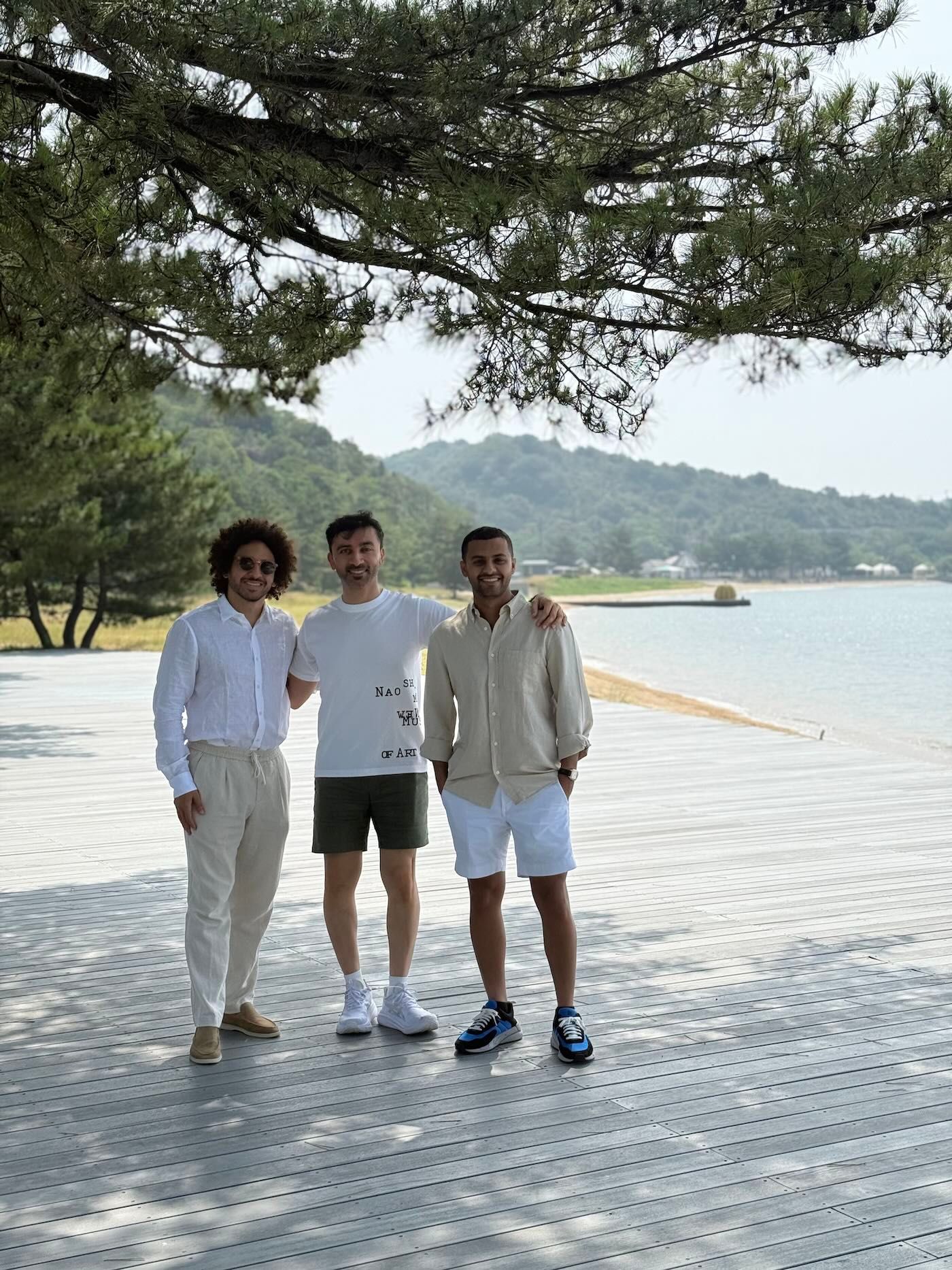
The group explored key sites such as the underground Chichu Art Museum, designed by Tadao Ando, where natural light and architecture create immersive experiences that make visitors feel part of the artwork. They also visited the Lee Ufan Museum, Benesse House, and the Art House Project, an open-air collection of installations integrated into traditional homes.
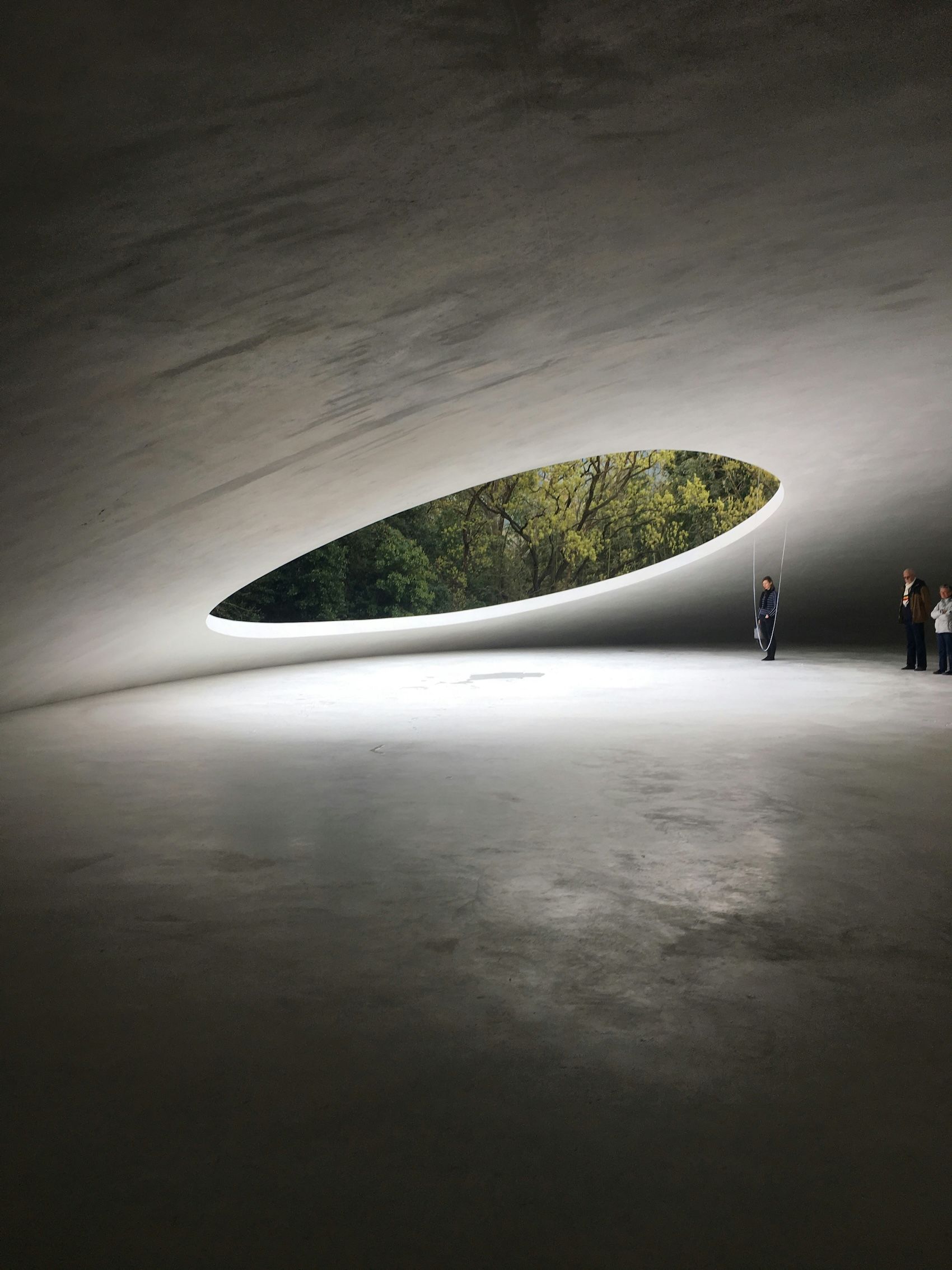
Throughout the island, artworks inhabit the buildings and streets, blending seamlessly with everyday life. Abdulaziz was particularly struck by how the art wasn’t simply confined to galleries, “It’s part of the landscape, the buildings, and even the small details.”
Of course, no visit to Naoshima would be complete without admiring Yayoi Kusama’s instantly recognisable Pumpkin sculpture, perched at the water’s edge.
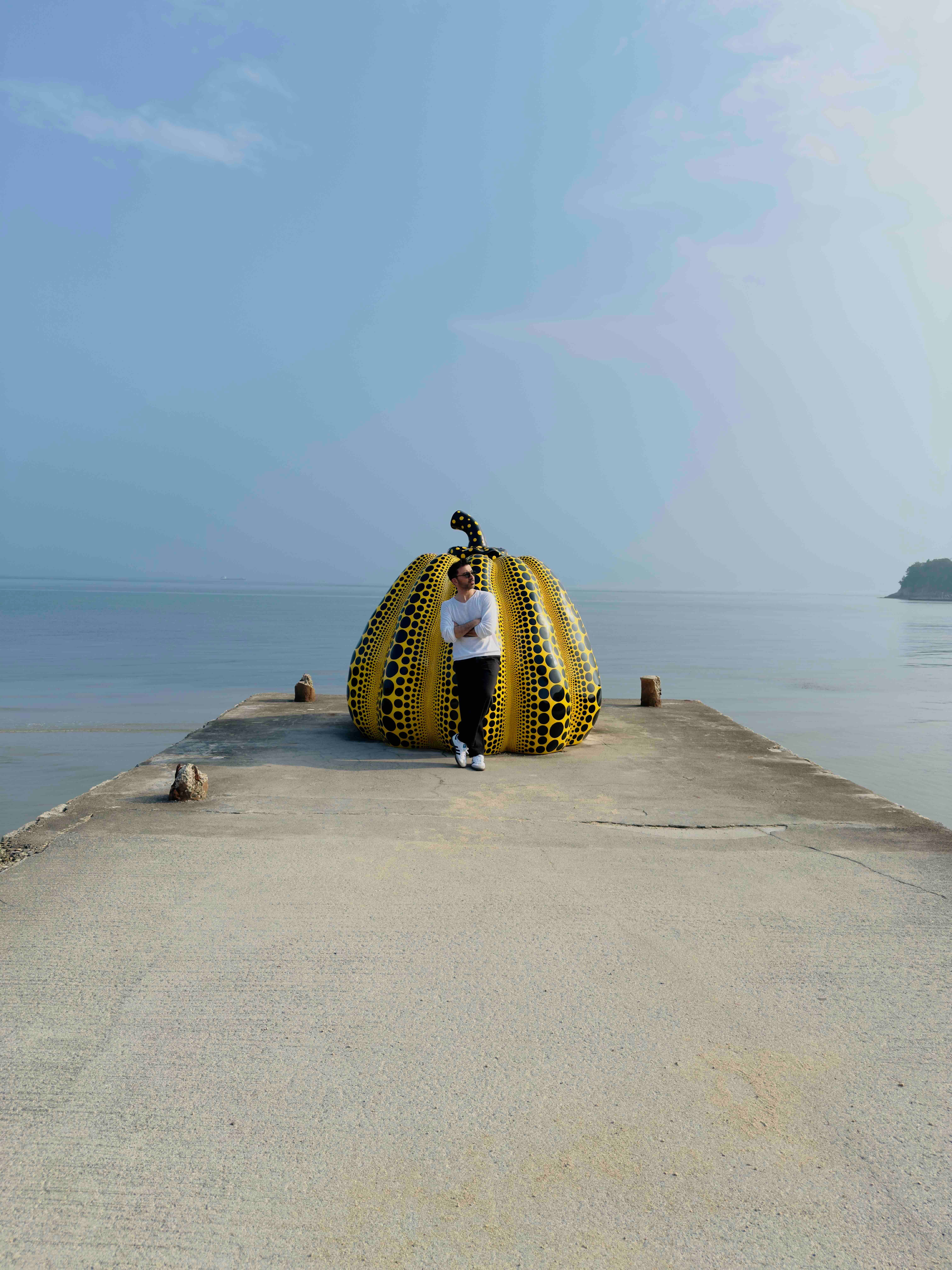
At Naoshima, food and art also came together in a memorable way. Abdulrahman reflected on one particular dinner served in an art-inspired setting. “It wasn’t just a meal — it was something you remember. Sitting among installations while enjoying local Japanese dishes made it feel like part of the island’s creative journey,” he said. “Japan reminded me that food can be more than just nourishment. It can be art, memory, and connection.”
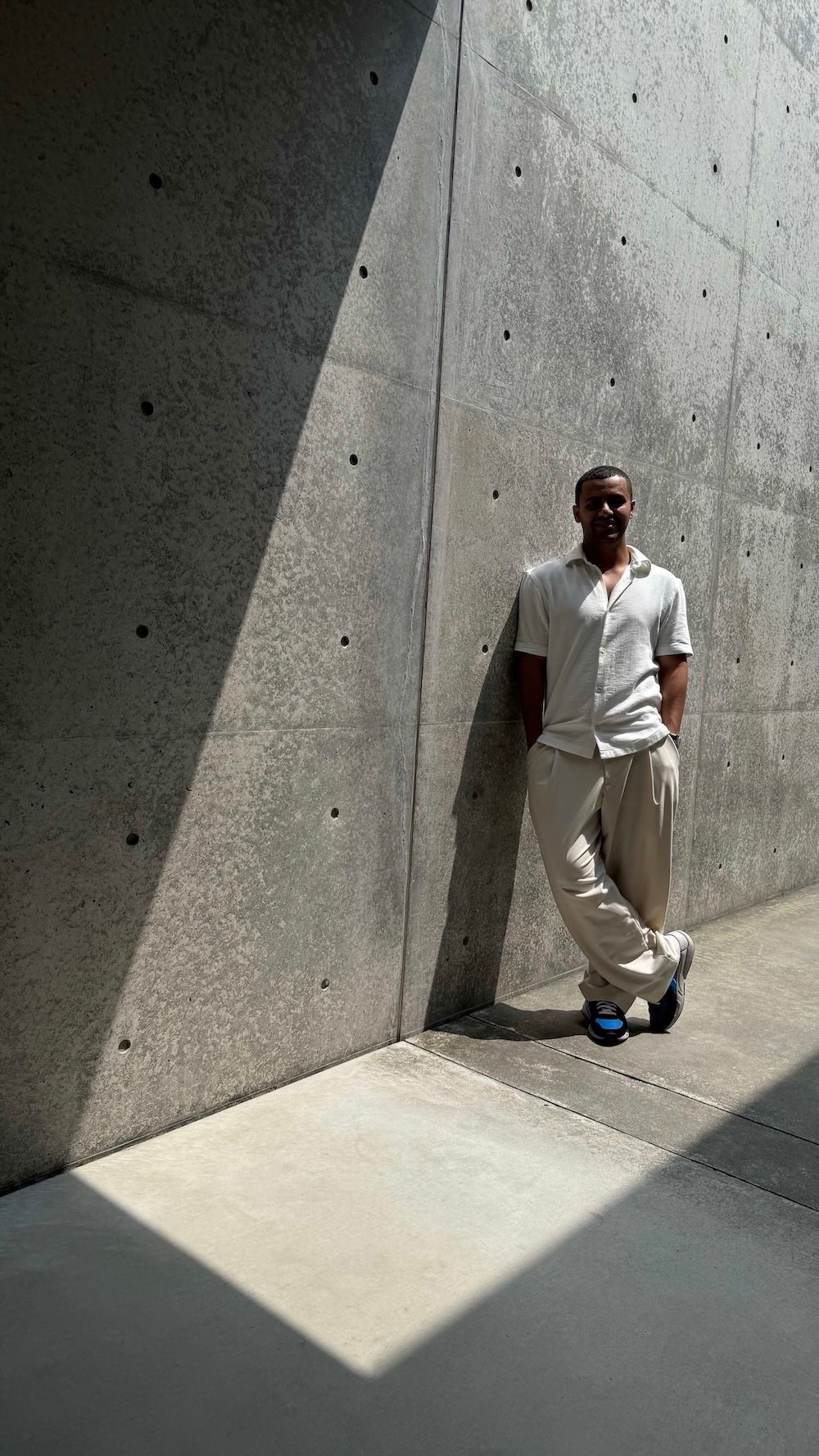
For the ambassadors, this tour through Japan was far more than a typical sightseeing trip. It was an opportunity to explore deeper layers of identity, creativity, and connection with Japanese culture.
Throughout their time in Japan, the Years of Culture influencer ambassadors represented Qatar, while gathering new ideas and inspiration. “Naoshima left a huge impact on me,” said Anas. “Its concept, the art that we experienced there — it was on another level.”
As Qatar continues to grow its own cultural landscape, many of the influencers saw reflections of their homeland in the way Japan celebrates heritage while embracing modernity. “Honestly, the transformation in Naoshima reflects what’s happening back home in Qatar,” Abdulaziz added. “People are starting to see and appreciate art and culture in deeper, more meaningful ways.”
Want to see more from the Japan trip? Read about the group’s experience at the Qatar Pavilion at Expo 2025 Osaka.
Discover upcoming events in Doha as part of the Qatar, Argentina, and Chile 2025 Year of Culture.